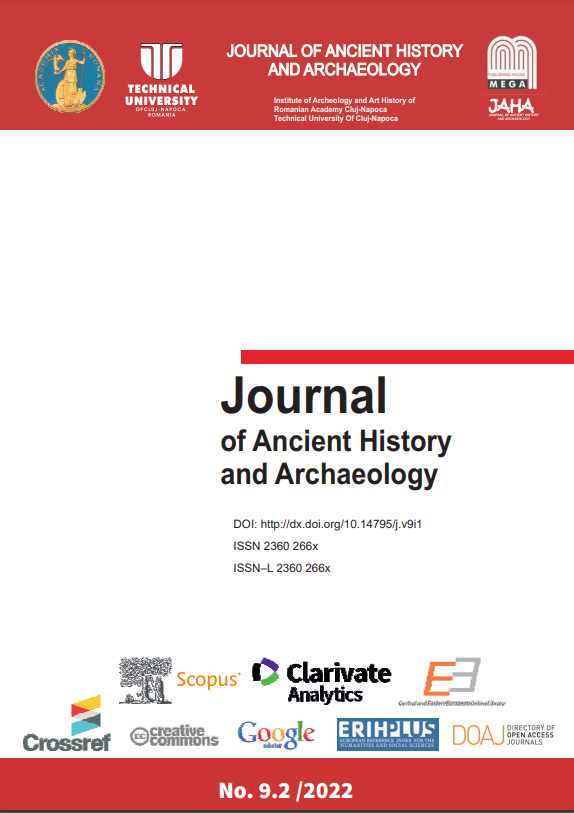CERAMIC WORKSHOPS IN DACIA MEDITERRANEA (LATE THIRD – EARLY SEVENTH CENTURY AD)
CERAMIC WORKSHOPS IN DACIA MEDITERRANEA (LATE THIRD – EARLY SEVENTH CENTURY AD)
Author(s): Alexander HarizanovSubject(s): History, Economic history, Ancient World
Published by: Editura Mega Print SRL
Keywords: Ceramic workshops; Dacia Mediterranea; pottery and tile production; Late Roman economy;
Summary/Abstract: Dacia Mediterranea was established after the division of the first Dacia to the South of the Danube in the 280s. The town of Serdica became the capital of the province while other urban settlements in the latter’s territory which are known from the sources were Naissus, Remesiana, Germania, Pautalia and Bargala. In the 530s the town of Bargala had already been relocated to the territory of the neighbouring Macedonia Secunda, while the newly founded Iustiniana Prima was at least initially incorporated within Inner Dacia. In the late third and the fourth century most of the ceramic workshops known to date were situated in or near rural settlements. A second period of archaeologically attested increased activity of the local production centres occurred between the second half of the fifth and the early seventh century, when ceramic manufacture was practised predominantly in urban contexts and less frequently in fortified non-urban sites. For now, there is very little direct information for the local ceramic production of the late fourth and the first half of the fifth century, for which secondary evidence seems to testify. During the period under discussion pottery production in Dacia Mediterranea seems to have been developed predominantly by private entrepreneurs, in both rural and urban contexts. The manufacture of ceramic building material, on the other hand, was in all probability developed by both personal initiative and implemented state programme. The imperial or municipal (?) officinae should be sought within or in the vicinities of the local towns, as both the direct and the secondary data imply. The evidence gathered and analysed suggests that these workshops were often engaged in supplying major or minor construction projects, for example renovation or erection of fortifications, public buildings and Christian churches.
Journal: Journal of Ancient History and Archaeology
- Issue Year: 9/2022
- Issue No: 2
- Page Range: 156-188
- Page Count: 33
- Language: English

